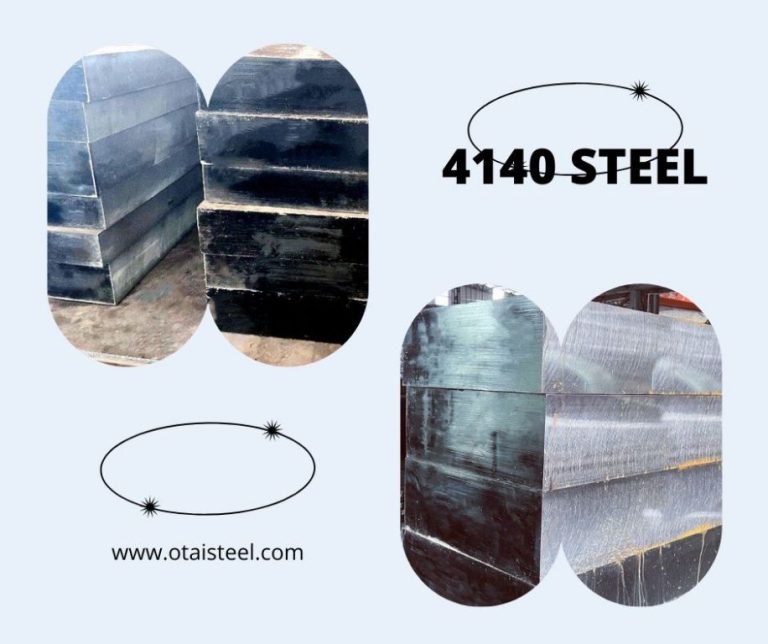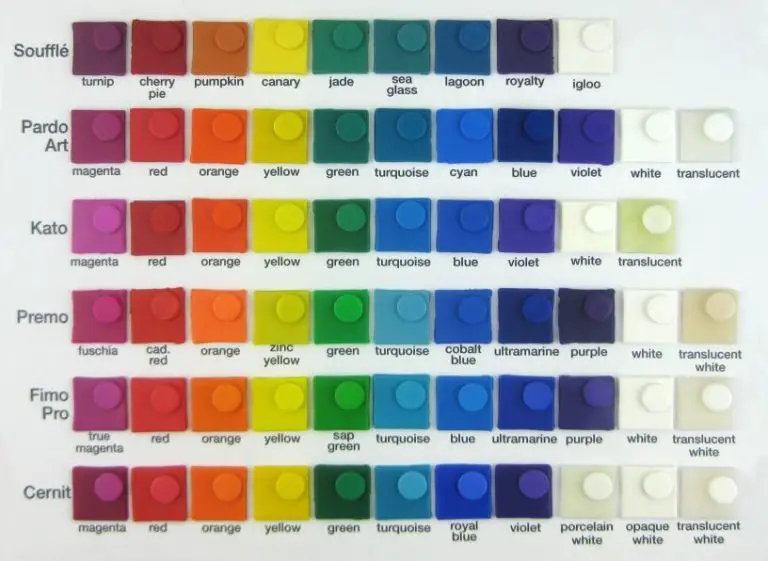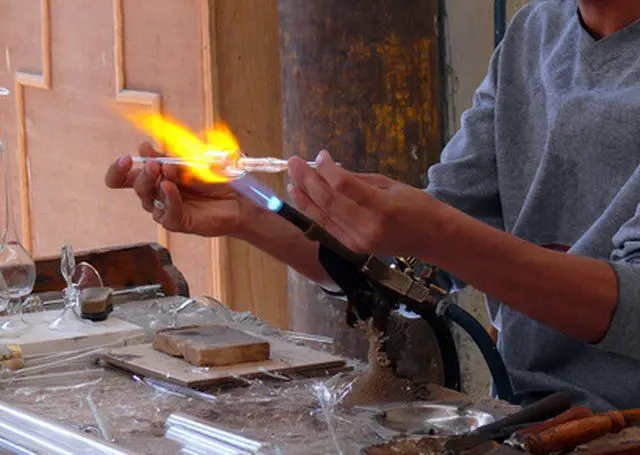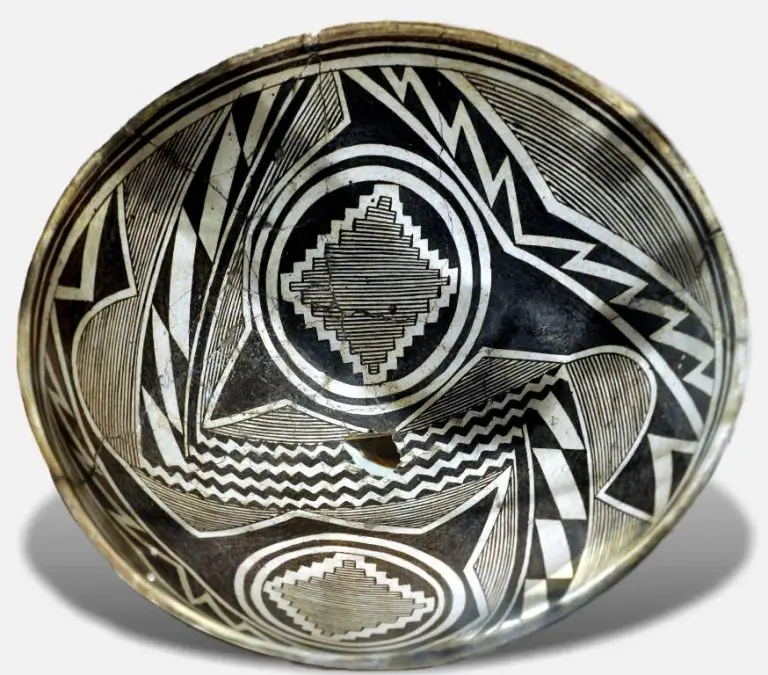What Is A Terracotta Heater?
What is Terracotta?
Terracotta is a type of ceramic made from natural clay that is hardened and fired in a high temperature kiln. The term “terracotta” comes from the Italian words “terra cotta” which literally mean “baked earth.” Terracotta has a long history dating back over 4,000 years to ancient China where it was first developed as a material for sculpture and pottery.
Terracotta is known for its distinctive reddish-orange color. This color comes from the clay’s natural iron content which oxidizes and turns red when fired. In addition to iron, terracotta clay also contains minerals like manganese and magnesium. When mixed with water, terracotta clay becomes soft and malleable, making it easy to sculpt and mold.
Once shaped and dried, terracotta becomes hard and durable. Firing terracotta in a kiln brings the temperature up to over 1000°C which causes chemical changes that permanently harden and set the clay. The porous nature of terracotta makes it breathable and absorbent. It can absorb moisture from the environment which helps regulate humidity levels.
How Terracotta Heaters Work
Terracotta heaters work through a combination of the material’s unique properties that allow it to absorb, store, and slowly radiate heat over time. The terracotta clay is fired at high temperatures which creates small pores within the material. These pores accomplish two key functions that enable terracotta’s heating abilities.
First, the pores allow air to pass through the terracotta freely. As the terracotta is heated, either by electricity or burning oils/wax, the warm air is able to flow through the pores, distributing the heat thoroughly and evenly throughout the heater. Second, the pores provide excellent heat retention. Once warmed up, the terracotta absorbs the heat and holds it within the clay material. The heat is then slowly radiated back out over a long period of time due to terracotta’s high emissivity.
Additionally, terracotta heaters are usually coated with an exterior glaze. This helps hold in more heat and protects the surface of the clay. The combination of the porous, heat-retentive clay and the glazed finish gives terracotta heaters their exceptional ability to provide steady, gentle, long-lasting warmth.
Benefits of Terracotta Heaters
Terracotta heaters offer a number of benefits that make them a popular heating choice for many homes:
Natural heating solution: Terracotta is an all-natural material that absorbs heat from candles or tea lights and radiates it back into the room. This provides clean, dry radiant heat without relying on electricity or gas.
Moisture regulation: The natural terracotta clay helps regulate humidity levels. It absorbs moisture when the air is damp and releases it when the air is dry. This helps maintain comfortable humidity levels.
Safe for homes with kids/pets: Unlike space heaters, terracotta heaters don’t get hot to the touch. The outer surface stays warm but not hot, making them safe to have around children and pets.
Cost effective: Operating a terracotta heater is very affordable. Tea lights are inexpensive to buy in bulk. Leaving one lit for an evening costs just pennies a day. It’s a very economical way to provide warmth.
Types of Terracotta Heaters
There are three main types of terracotta heaters:
Unglazed Heaters
Unglazed terracotta heaters are made from natural clay that is fired but not coated with any glaze or finish. The porous, unglazed clay absorbs heat efficiently and radiates it steadily into the room. Unglazed heaters have an earthy, rustic appearance and work well in more casual decor styles.
Glazed Heaters
Glazed terracotta heaters have a smooth, glassy coating applied to the surface. The glaze makes them less porous than unglazed heaters, so they radiate heat more slowly over time rather than intensely when first heated. Glazes come in various colors, allowing for more decorative options to fit different aesthetics.
Electric-Powered Heaters
Some terracotta heaters are powered by electricity rather than candles or oils. These incorporate heating elements into the terracotta design and offer features like adjustable temperature settings and timers. Electric heaters provide convenient, clean heating without the need to refill fuel.
Size and Shape Options
Terracotta heaters come in a wide variety of sizes and shapes to suit different needs:
Small portable heaters – These are compact, lightweight terracotta heaters that can be easily moved from room to room or even outdoors. Small heaters are ideal for providing focused warmth to individuals or smaller spaces.
Large fixed heaters – For heating larger rooms or open floor plans, consider a sizeable fixed terracotta heater designed to mount on a wall or sit on the floor. These provide broad, even heating and can effectively warm big areas.
Unique shaped designs – Terracotta lends itself well to molded shapes beyond basic squares and rectangles. Look for round, cylindrical, pyramid-shaped, or artfully sculpted terracotta heaters that provide heat while enhancing décor.
Placement Tips
Proper placement of a terracotta heater is key to maximizing its effectiveness. Here are some tips for optimal positioning in your home:
Place near drafts or windows. Since terracotta heaters radiate heat in a focused direction, point them towards areas where cold air tends to enter, like next to windows or doors. This will help compensate for the temperature drop.
Put in high-traffic areas. Position your heater in spaces where you spend a lot of time, like living rooms, bedrooms, or home offices. This allows you to directly benefit from the radiant warmth.
Elevate on stands. Raise your terracotta heater off the floor by placing it on a plant stand, small table, or fireproof surface. Elevation helps the heat circulate better throughout the room.
Operating Cost
One of the biggest benefits of terracotta heaters is their low operating cost. Terracotta has natural thermal properties that allow it to absorb, store, and radiate heat efficiently. This means a terracotta heater can provide steady, even heat for long periods while using very little energy.
Most terracotta heaters use between 300-600 watts of electricity. By comparison, a typical space heater uses between 750-1500 watts. So a terracotta heater provides heat at a fraction of the energy consumption of other types of portable heaters. Some users report energy savings of 50% or more by switching to a terracotta heater.
Terracotta heaters don’t require any gas, oil, or other fuel either. Just plug them into a standard wall outlet. This simplicity also helps keep operating costs low compared to heaters that require refueling.
With their energy efficiency and low electricity requirements, terracotta heaters can provide supplemental zone heating for just pennies per day. The amount of energy savings will depend on factors like heater size, room size, and climate. But in general, terracotta heaters offer an affordable way to add warmth while avoiding high utility bills.
Maintenance
Terracotta heaters are relatively low maintenance, but require some basic upkeep to keep them working efficiently and safely. Here are some maintenance tips:
Cleaning Dust Buildup
Over time, terracotta heaters can accumulate dust and debris on the exterior surface. It’s important to periodically wipe down the outside with a dry cloth to prevent buildup. This helps the heater radiate heat more efficiently.
Re-oiling Periodically
Most terracotta heaters are cured with linseed oil or mineral oil during manufacturing. Re-oiling the exterior every year or so will help refresh the finish and keep the clay from drying out. Use a small amount of food-safe mineral oil on a soft cloth.
Checking for Cracks
Carefully inspect the surface and base of the heater for any hairline cracks or chips that may have developed. Small cracks can expand over time with the expansion and contraction of the clay. Repair minor cracks with terracotta repair glue. If major cracks are present, it’s best to replace the heater.
Safety Tips
It’s important to keep some safety considerations in mind when using a terracotta heater:
Supervise children and pets around terracotta heaters. The exterior can reach high temperatures that could burn small hands or paws. Don’t allow kids or pets to touch the hot surfaces.
Avoid placing flammable materials too close to a terracotta heater. Items like blankets, clothing, curtains, or furniture should be kept at least 3 feet away to prevent accidental fires.
Ensure proper ventilation when operating a terracotta heater. These heaters consume oxygen while burning fuel, so a room needs adequate air flow. Don’t block air vents or operate in tightly enclosed spaces.
Follow all manufacturer instructions for safe operation and maintenance. Only use the recommended fuel type and amounts. Allow ashes to fully cool before disposing to prevent fires.
Install a carbon monoxide detector if using a terracotta heater that burns wood, coal, or other fuels. The fumes can be dangerous in enclosed spaces without proper ventilation.
With some basic precautions, terracotta heaters can provide an efficient and charming way to add warmth to a space. Just be sure to make safety a priority.
Top Brands
When looking for a quality terracotta heater, some top brands to consider are:
Brand 1
Brand 1 makes high-end terracotta heaters known for their elegant designs and long-lasting construction. Their heaters feature intricate artistic details and glazes. They are more expensive but provide powerful, consistent heating and last for years. Brand 1 heaters are handmade from natural clay and available in a range of sizes.
Brand 2
Brand 2 offers affordable and reliable terracotta heaters in classic shapes. Their heaters provide steady radiant heat without taking up too much space. Brand 2 has a variety of heater designs to match any decor. Their smaller heaters are ideal for heating small rooms or zones. Brand 2 uses quality terracotta clay and protective glazes.
Brand 3
Brand 3 specializes in modern, minimalist terracotta heaters with clean lines. Their heaters feature simple, geometric shapes and come in contemporary colors like matte white and black. Brand 3 heaters provide focused, directional heat in a compact, discreet design. They are slightly more expensive but have very durable constructions.




